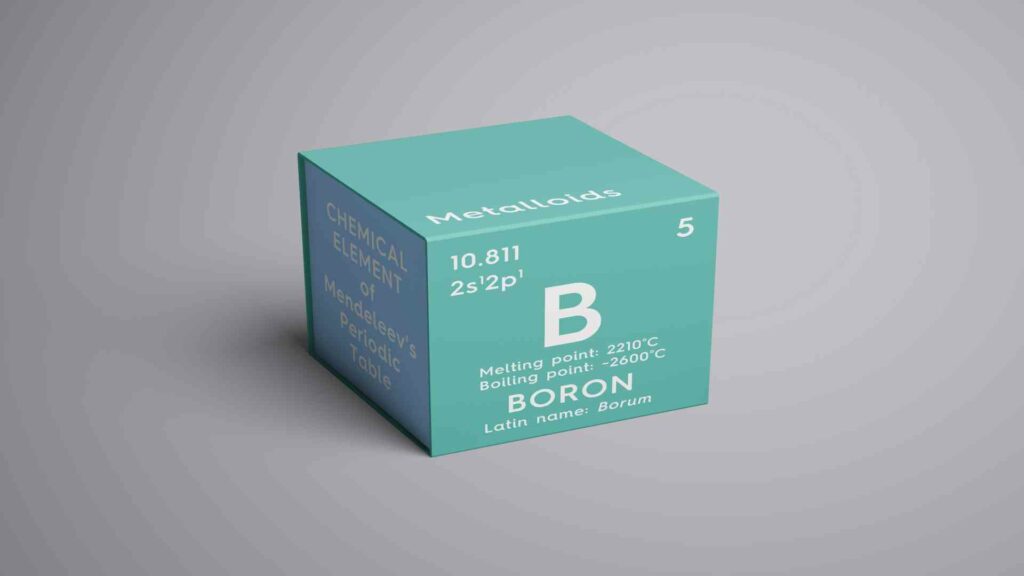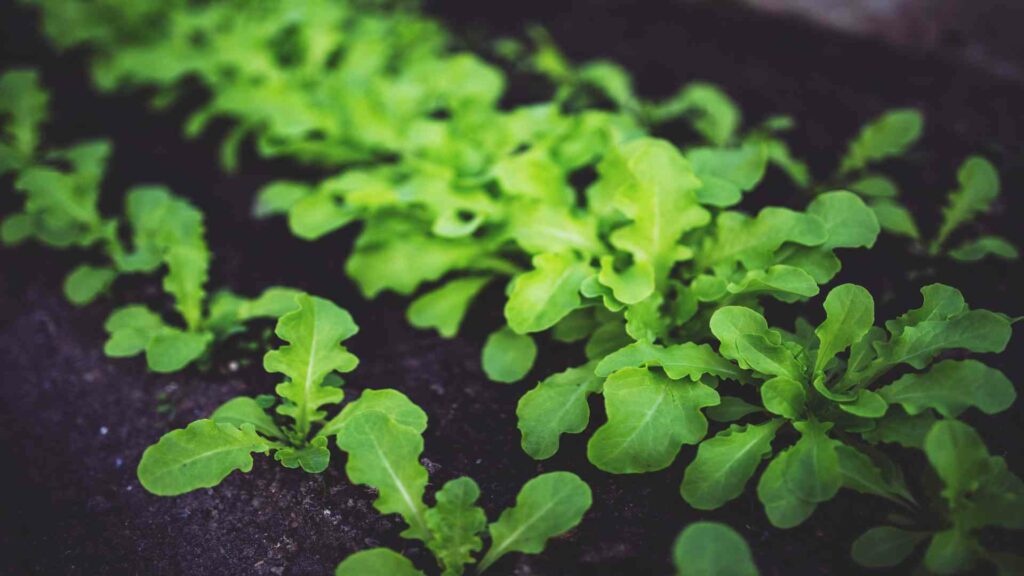What Kills Creeping Charlie?
Creeping Charlie or Glechoma hederacea is difficult to eliminate, but borax can be an effective weed killer. Borax works by killing the plant’s roots, preventing it from spreading, and taking over lawns or gardens. But how is it used?

Creeping Charlie
Borax: The Best Spray for Creeping Charlie
Boron is a trace element found in most soils, but it may kill plants when present at high levels. However, creeping charlie weed can be eliminated by using a little boron to kill this tough weed.
To create a solution that yields enough borax weed killer for Glechoma hederacea for 1,000 square feet of lawn,
- Mix 1/2 cup hot water and 1-1/4 cup borax in a small container and shake it until it is dissolved completely.
- Fill 2-1/2 gallons of water in a bucket, pour the borax solution and mix until the borax is completely dissolved.
- Fill your hose-end sprayer with the dissolved borax solution.
- Sprinkle the components of the hose-end sprayer uniformly over 1,000 square feet of garden.
- Restock the spray bottle and keep applying it to your garden. Repeat until the entire dissolved borax solution is sprinkled on the area.
Make sure to wear long sleeves, gloves, long pants, shoes, socks, a face mask, and goggles, and pertain this borax mixture again around the same time after a year.
How to Know if Borax is an Effective Creeping Charlie Killer?
Some symptoms of boron toxicity are seen after applying borax to lawns, such as yellowing and ultimately browning of weed leaves, rinsing the leaf tips, and reduced root growth and development.
A study by Marco Landi et al. on borax weedkillers found that excess boron in the soil causes growth impairment and alters plant metabolism, allowing progressive tissue damage in stems, leaves, and malformations. Boron quickly inhibits expansion, leading to fibrous roots or smaller stature; it also kills creeping charlie plants when used correctly with proper safety precautions.
About Creeping Charlie
Creeping Charlie is a low-growing perennial plant known as ground ivy, Glechoma hederacea, gill-over-the-ground, creeping Jenny, and alehoof. It is a European native that has been recognized in North America. Many gardeners consider the plant a weed as it spreads quickly through seeds and creeping stems and is difficult to control.
Ground ivy has green leaves that are round or kidney-shaped with scalloped edges and small purple flowers. The leaves grow in opposite directions on the square (four-sided), creeping stems that originate at the nodes.
Creeping Charlie Cultivation and Applications
The Creeping Charlie plant is a well-known plant belonging to the mint family. It grows and develops well in covered areas and is simple to cultivate. Some people view this as a beautiful plant, but it has become invasive in many parts of the world, especially in the United States. Though it is easy to grow and makes beautiful groundcover, it can quickly take over an area, crowding out native plants.
Ground ivy has a long history of use in brewing and cheese-making. It was used as a flavoring agent, clarification, and preservative in brewing and as an alternative for animal rennet in cheese production. However, its use in brewing has reduced since the late 15th century, when hops were introduced into brewing, transforming ale into beer.
Creeping Charlie as a Traditional Medicine
Ground ivy is a creeping herb used for thousands of years in traditional European medicine. Galen, a Greek physician, suggested using the plant to cure eye inflammation. An English herbalist named John Gerard advised it to cure tinnitus as an astringent, tonic, diuretic, and mild stimulant. It is also beneficial for renal diseases and indigestion. It is also a lung herb.
The plant’s invasiveness in North America is partly due to its worth as a herbal remedy and ale preservative. European settlers sourced this and extensively planted it in herb and kitchen lawns.
It is also known to be effective for treating bronchitis as an astringent and expectorant. As per traditional Austrian medicine, it is used as green salad or tea for curing various diseases such as liver and bile disorders, kidney and urinary tract, respiratory tract and flu, and fever.
Challenges
Ground ivy is unexpectedly susceptible to boron and can be killed with a borax solution. However, at slightly greater concentrations, borax is harmful to animals and ants and doesn’t degrade in the environment. Aside from the negative long-term consequences on soil or groundwater, recent research on the effectiveness of borax treatment, mainly determining the proper concentration for a particular region, is challenging, and the risk of damaging desirable plants is high.





